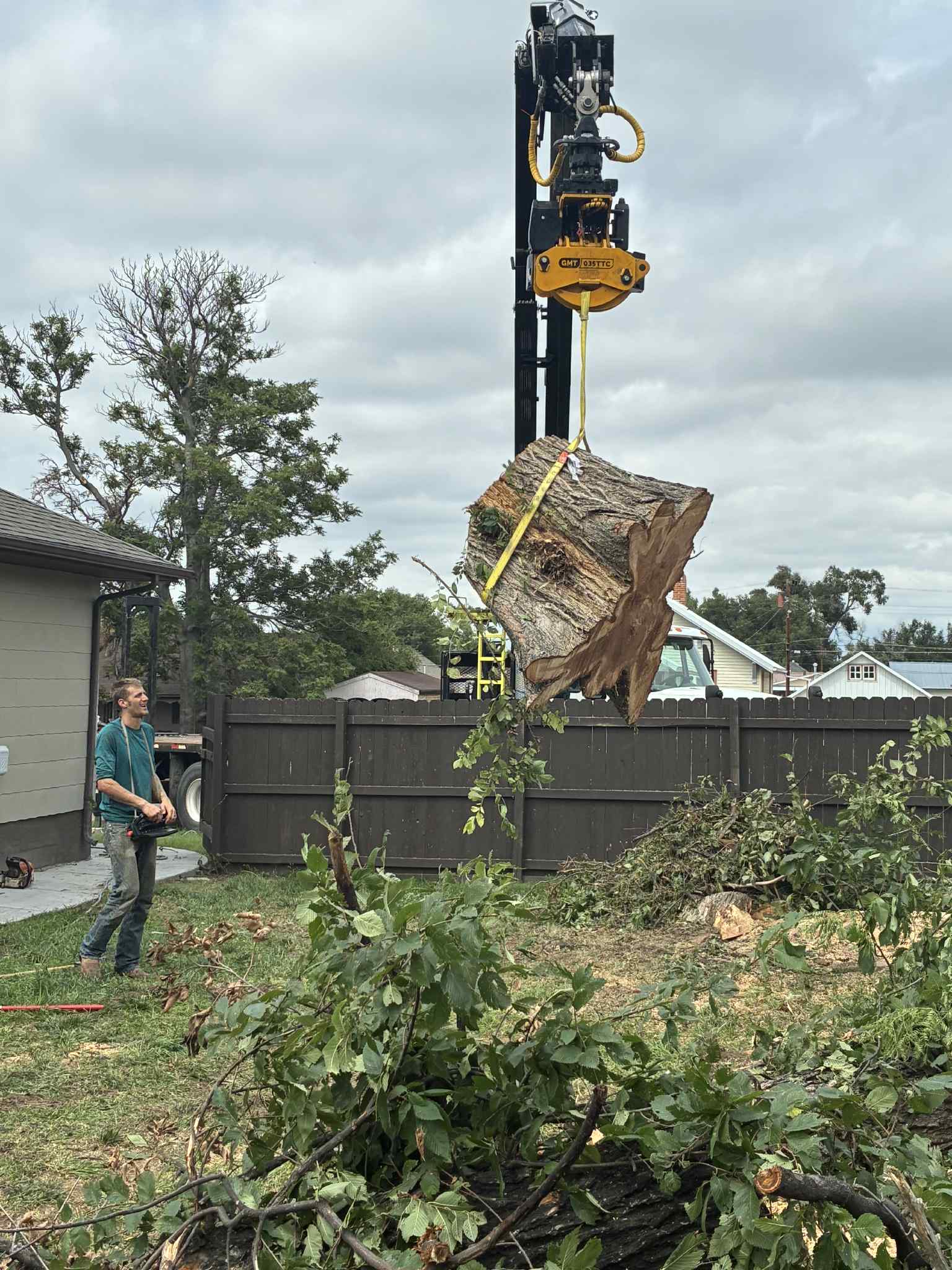
Understanding Tree Diseases: Prevention and Treatment for a Healthy Landscape Nov 16, 2025
Tree diseases can be caused by a variety of factors, including fungi, bacteria, and viruses. Environmental stressors like drought, poor soil, and pollution can exacerbate these conditions, making trees more susceptible to diseases. Early detection is crucial in managing tree illnesses, and regular monitoring can prevent minor issues from escalating into major problems.
Fungal infections are among the most common tree diseases. Oak wilt, for instance, affects oak trees, causing leaves to wilt and the tree to eventually die. Powdery mildew appears as a white powdery substance on leaves, affecting many types of trees. Dutch elm disease is another formidable fungal disease that has affected elm trees across North America. To prevent such fungal issues, ensure proper pruning techniques are employed, as open wounds can become entry points for fungi. SMH Tree Service professionals recommend sterilizing your pruning equipment and only pruning during dry periods to minimize the risk of infection.
Bacterial diseases like fire blight primarily affect trees such as apple and pear. This disease causes blackened flowers and branches, giving the appearance of being scorched by fire. To manage bacterial infections, pruning below the infected area and removing diseased parts can be effective. A regular schedule of monitoring and maintenance is advised to catch these diseases early.
Viruses, while less common, can be particularly damaging. They often spread through insect vectors, like aphids and plant lice, or via contaminated pruning tools. Viruses can cause abnormal growth patterns or discoloration known as virus mosaics. Unfortunately, viral infections are usually incurable, making prevention and the control of insect vectors critical.
Prevention strategies play an essential role in maintaining tree health. One of the most effective methods is to choose disease-resistant tree species suitable for your specific environment. Consult with tree service experts at SMH Tree Service to find the best native species which are naturally more resilient to the local diseases. Additionally, proper site selection and planting techniques can significantly impact a tree's health.
Maintaining healthy soil conditions is also crucial. Trees thrive in nutrient-rich soil that drains well. Incorporating organic matter and using mulch can improve soil quality and moisture retention. Avoid compaction around the root zone by limiting foot traffic and machinery under the tree canopy.
In cases where disease has already affected your trees, treatment options range from cultural practices to chemical interventions. For some fungal infections, applying fungicides at the right time can be effective. However, pesticide application should be carried out responsibly and in accordance with local regulations. An expert from SMH Tree Service can guide you in selecting the appropriate treatments, tailored to the specific needs of your landscape.
In conclusion, vigilant observation, proactive prevention, and timely intervention are keys to combating tree diseases. Whether you are nurturing young saplings or caring for mature trees, understanding these disease mechanisms and the preventive measures outlined here will help keep your landscape lush and healthy. SMH Tree Service is committed to providing professional advice and services to ensure that your trees remain a thriving part of your environment. Let us help you maintain a green, vibrant landscape that stands the test of time.
/filters:no_upscale()/media/c0debed0-e221-401d-8258-17350681bfe5.png)
/filters:no_upscale()/filters:format(webp)/media/38a2dae0-8e9d-4ea4-98e8-6cbcffebdba4.jpeg)